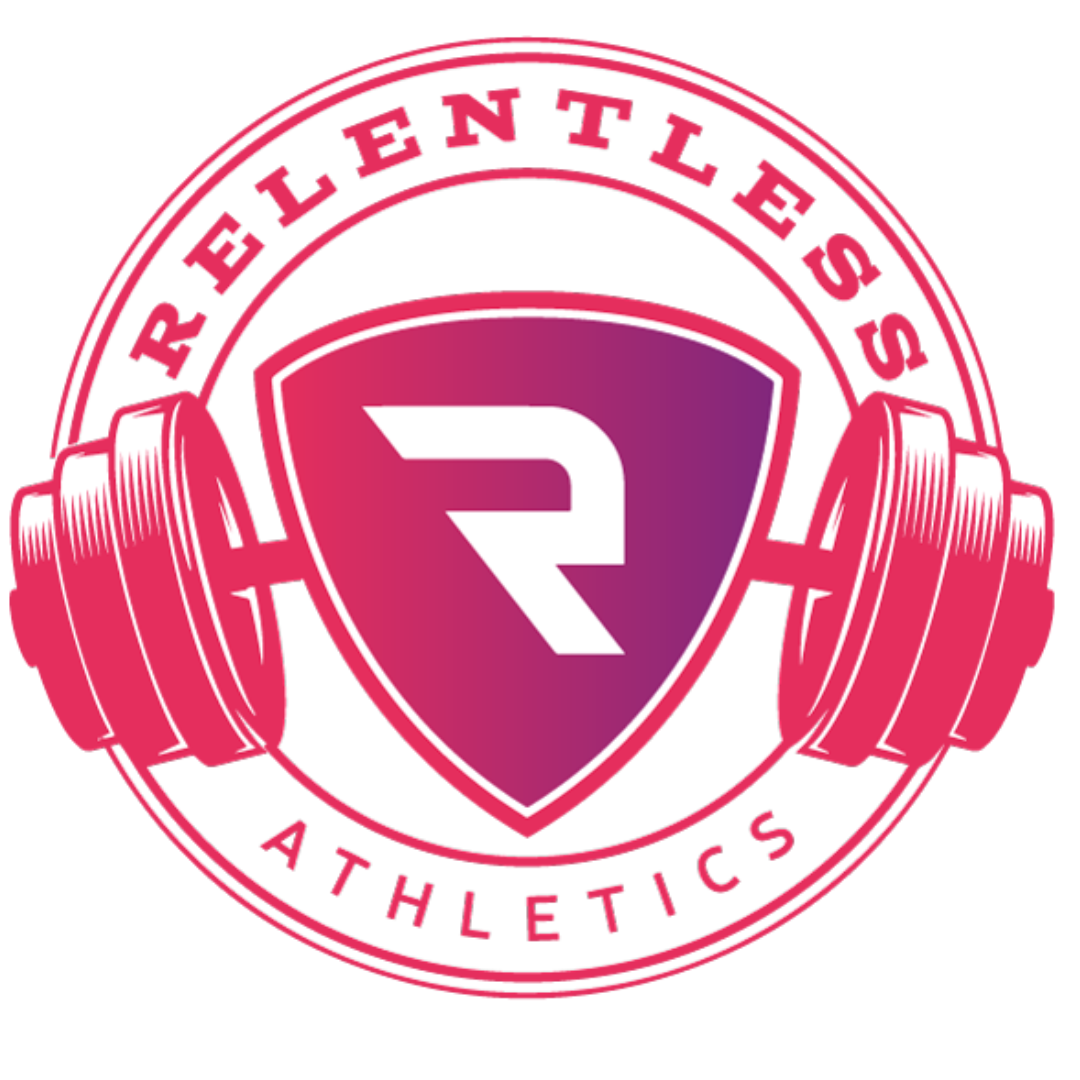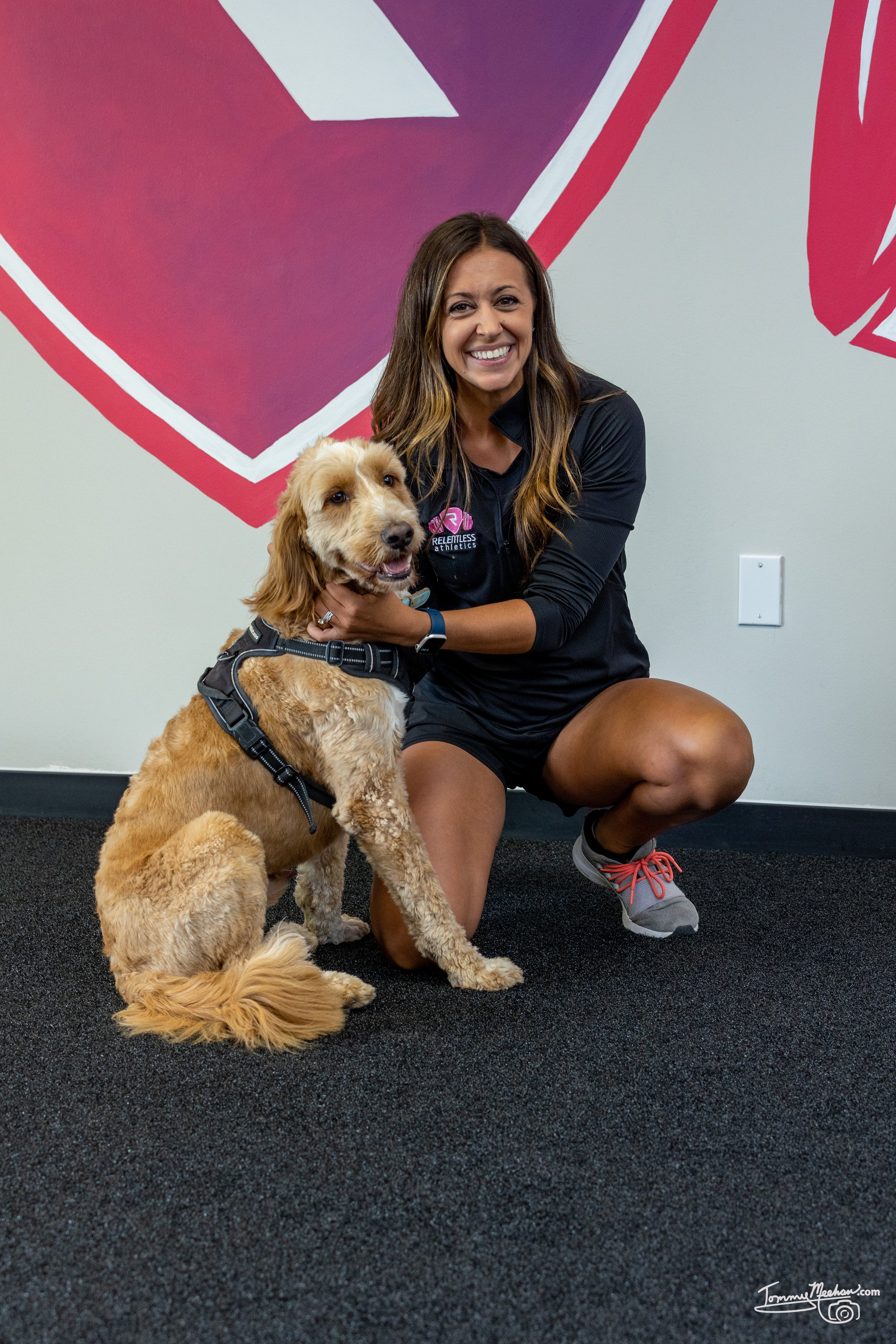Pitching Power: The 6 Essential Movements Every Softball Pitcher Needs in Her Training Program
By Emily Neff (Pappas), Ph.D. Candidate
In softball pitching, precision and strength are paramount for consistently delivering high-velocity pitches while ensuring shoulder stability throughout the season.
Unlike baseball, softball lacks the structure of pitch counts.
This creates an even greater emphasis on the necessity of incorporating these six fundamental movements into every female softball pitcher's training program.
Learn how these movements can elevate performance, reduce the risk of injury, and contribute to your daughter's enduring success on the mound this year.
1) Rotational Power
Due to biology, female athletes will always be limited in their upper body strength. Thankfully, Softball pitching transcends mere arm strength.
Grounding the motion in torque from the lower body is crucial.
By developing rotational power, females can transfer force from their lower body to the upper body more efficiently, driving higher velocity pitches.
Remember, it’s not just about the arm; it's about harnessing that torque from the ground up. Rotational power gives your pitches the power they need from the lower body to transfer to the ball, making them practically unhittable.
2) Multi-Planar Jumps
Plyometrics help the body learn how to recruit muscles fast to generate more power.
By adding multi-planar single-leg jumps into your program, your body develops the ability to recruit muscles from multiple positions.
Multiplanar jumps ensure you're not just explosive in a straight line but can generate power from multiple positions.
3) Full Body Speed & Power
Success in pitching extends beyond arm speed; it encompasses the synchronized movement of the entire body.
Training for full-body speed and power is critical to develop full-body coordination of muscle recruitment to help your body be more powerful.
For softball pitchers who generate power from their lower body and transfer it overhead, developing this full-body power and coordination leads to consistent high-velocity pitches.
Speed training should include short sprints like these chain-resisted sprints to drive FAST hamstring recruitment.
or these 1/2 kneeling medball rotational toss to sprint for a bit more sport specific training
Training for full body power should include cleans or pulls (focus on technique) to train the body to move heavy weights FAST.
4) 2:1 Pulling to Pushing Ratio
Like most softball athletes, pitchers are often throwing high-velocity bombs all year long. This means most of the year is spent performing movements that allow the ball to propel away from her body.
To maintain balance across the shoulder and long-term stability, softball pitchers should maintain at least a 2:1 pulling-to-pushing movement ratio.
Adopting a 2:1 pulling-to-pushing ratio ensures strength is evenly distributed, promoting shoulder stability and endurance on the pitcher's mound.
Consider always having a vertical pulling movement like these partner assisted chin-ups
and a horizontal pulling movement like these bent over rows
Alternate vertical and horizontal pushing movements on separate days. One of our must-haves in our pitcher’’ programs is an alternating DB incline bench press to develop chest and shoulder stability.
5) Heavy Posterior Chain Strength
The glutes and hamstrings are the powerhouse of any softball pitch.
Strengthening the posterior chain through HEAVY movements not only enhances your daughter’s overall power output but also helps reduce injury risk.
Heavy compound movements that develop the posterior chain help develop the motor that drives every pitch.
Once mechanics are established, progress to high-intensity trap bar deadlifts, sumo deadlifts, and RDLs to develop the posterior adequately to drive more powerful pitches
6) Full Range of Motion Lower Static Strength
Powerful movements result when the body produces force FAST.
The best way to develop HIGH force outputs is to train STATIC strength.
Full Range of Motion (ROM) static strength exercises ensure your muscles are strong in every position. This translates to better power as your body can develop force from a DEADSTOP.
Movements, like these pause front squats, help drive static strength in the knee, hips, and core.
Progressing the Program
To sum up, incorporating these evidence-supported movements into your daughter's training routine is a strategic investment in her pitching abilities.
This holistic approach to her athleticism boosts immediate performance and plays a crucial role in fostering enduring skill development.
As your daughter becomes adept at these movements, they should progress along a progressively overloaded program considering her specific needs & training volumes.
Want to learn more? Check out these related articles and videos
ABOUT THE AUTHOR
In 2015 Emily opened Relentless Athletics to build a community for female athletes while educating their parents and coaches on the necessity of strength training and sports nutrition to optimize sports performance and reduce injury risks in the female athlete population.
Emily holds a M.S. in Exercise Physiology from Temple University and a B.S. in Biological Sciences from Drexel University. She is currently pursuing her Ph.D. at Concordia University St. Paul with a research focus on female athletes & the relationship between strength training frequency, ACL injury rates, and menstrual cycle irregularities (RED-s). Through this education, Emily values her ability to coach athletes and develop strength coaches with a perspective that is grounded in biochemistry and human physiology.
When she isn’t on the coaching floor or working in her office, she is at home with her husband Jarrod and their daughter Maya Rose, and, of course, their dog Milo (who has become the mascot of Relentless)!!











